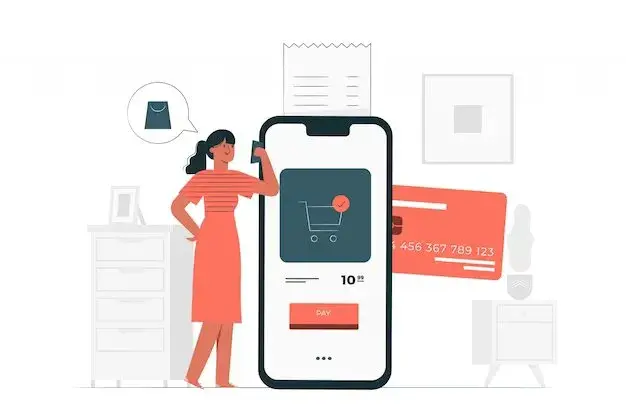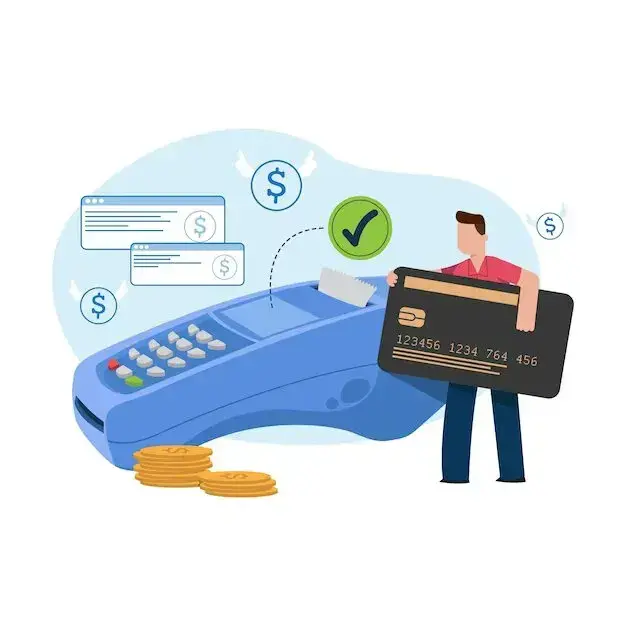In the rapidly evolving e-commerce landscape, companies are constantly looking for ways to simplify cash transactions and enhance user experience as a solution to hard currency transactions has become easier, allowing consumers to make purchases with just one click. This new platform uses integrated payment gateways to provide fast and secure transactions, transforming the way consumers shop online
A one-time payment eliminates the need for users to enter their payment and shipping details for each transaction manually. By securely storing customer data, integrated payment gateways enable businesses to deliver a frictionless shopping experience, reduce cart abandonment, and increase conversion rates with just one click enabling customers to complete their purchases quickly, facilitating and encouraging repeat business.
Integrating payment gateways into the payment system is necessary to enable one-click payments. These gateways act as intermediaries between merchants and financial institutions, processing transactions securely and providing seamless communication between various stakeholders When integrated with major payment gateways such as PayPal, Stripe, or Square, businesses can offer a variety of payment options to ensure the highest level of payment security and reliability for customers.
From the user’s perspective, a one-time payment offers unmatched convenience and efficiency. Whether shopping on mobile or desktop, customers can breeze through the exit with minimal effort, resulting in a more satisfying shopping experience. Paying once does not take more time and reduces friction by eliminating the need for repeated documentation, ultimately increasing customer satisfaction and loyalty.
However, businesses need to prioritize security and compliance when implementing one-click payments. Strong security measures such as tokenization and encryption should be implemented to protect sensitive customer information and prevent unauthorized access. In addition, businesses must comply with PCI DSS and other industry regulations to ensure the integrity and confidentiality of payment information.
In conclusion, one-time payments represent a huge leap forward in e-commerce, providing a streamlined experience that benefits businesses and consumers Using an integrated payment gateway to address security, services can simplify payment processing, increase customer satisfaction and increase growth significantly in a competitive market.











